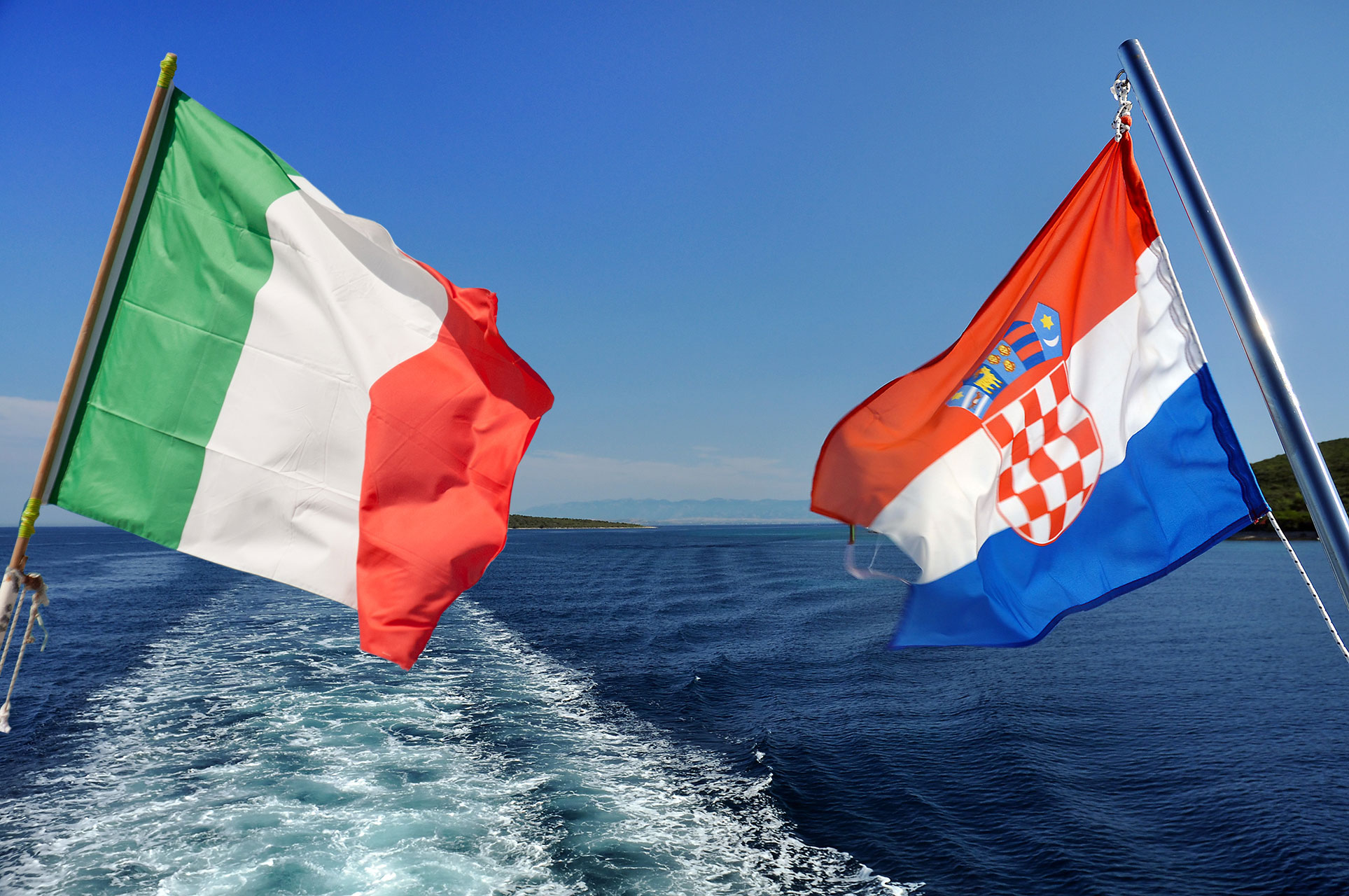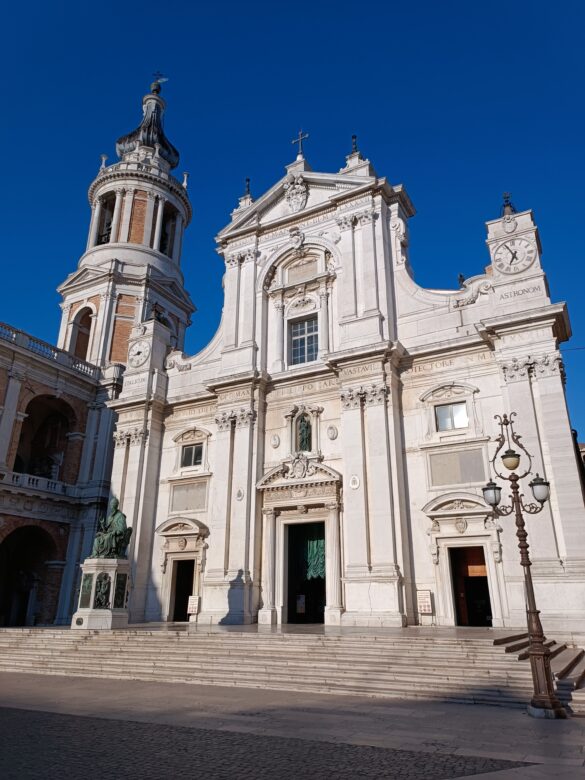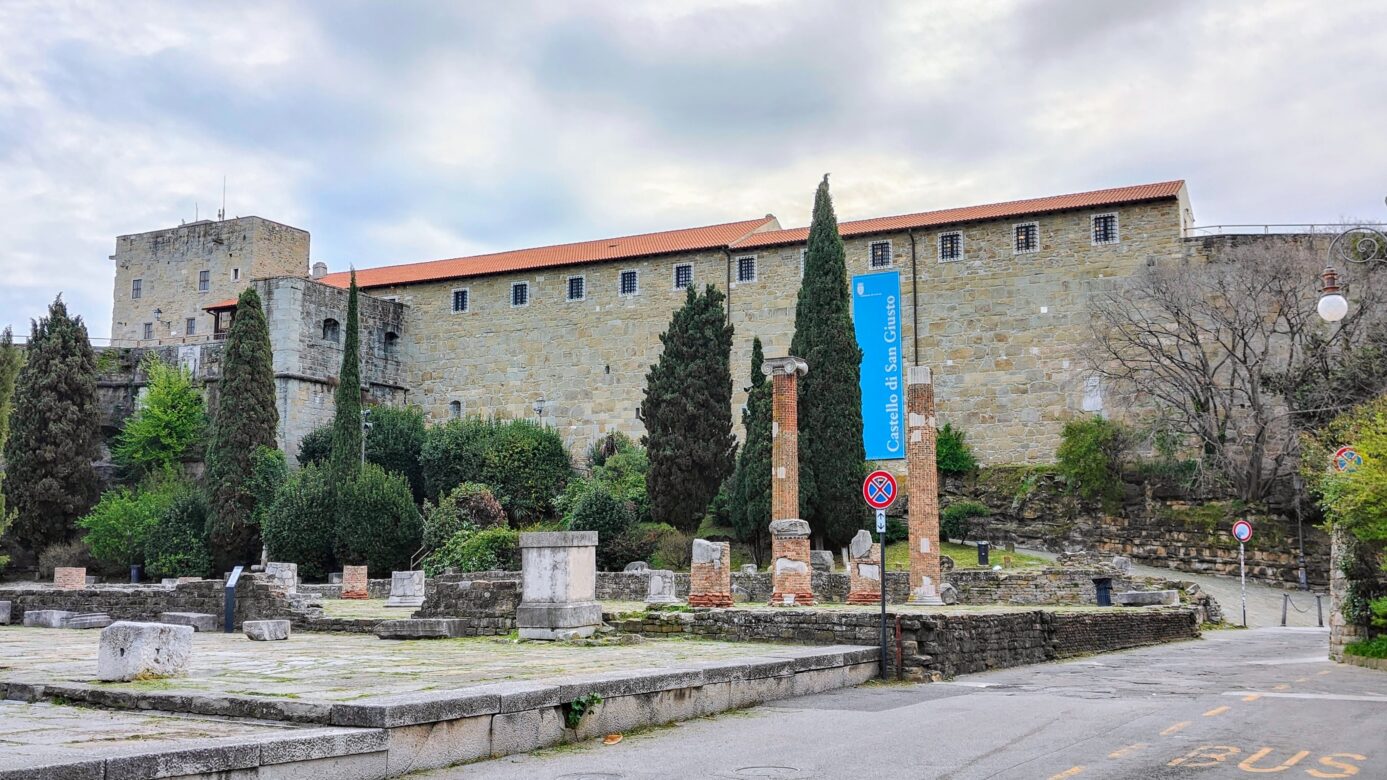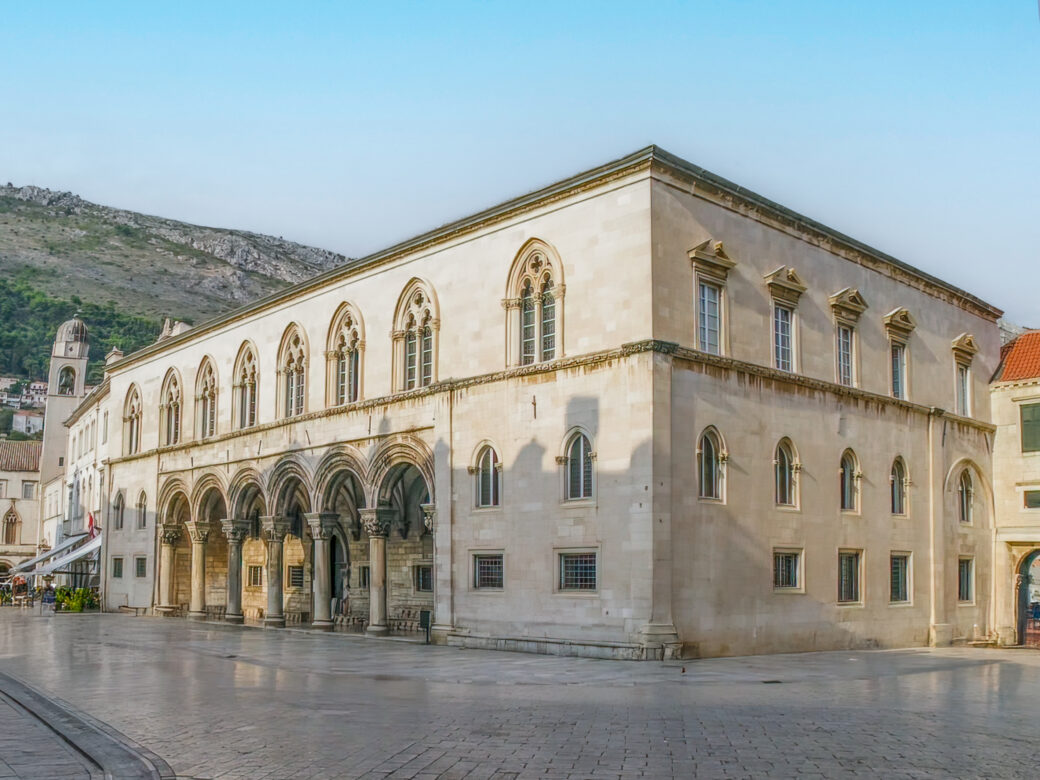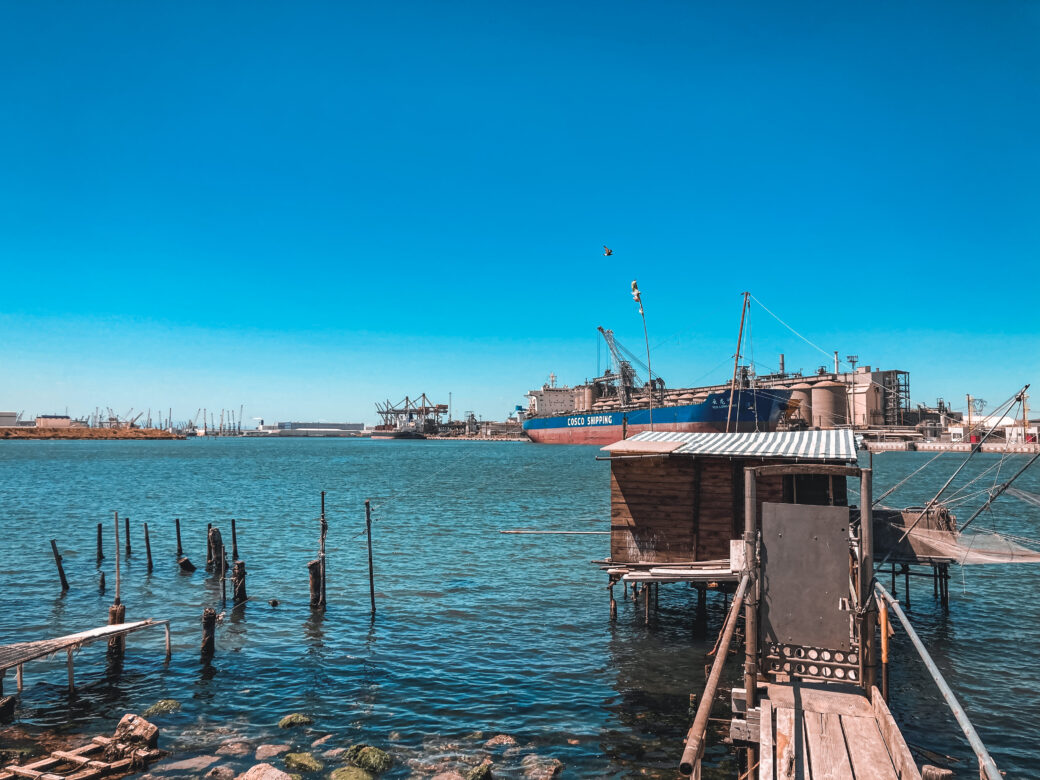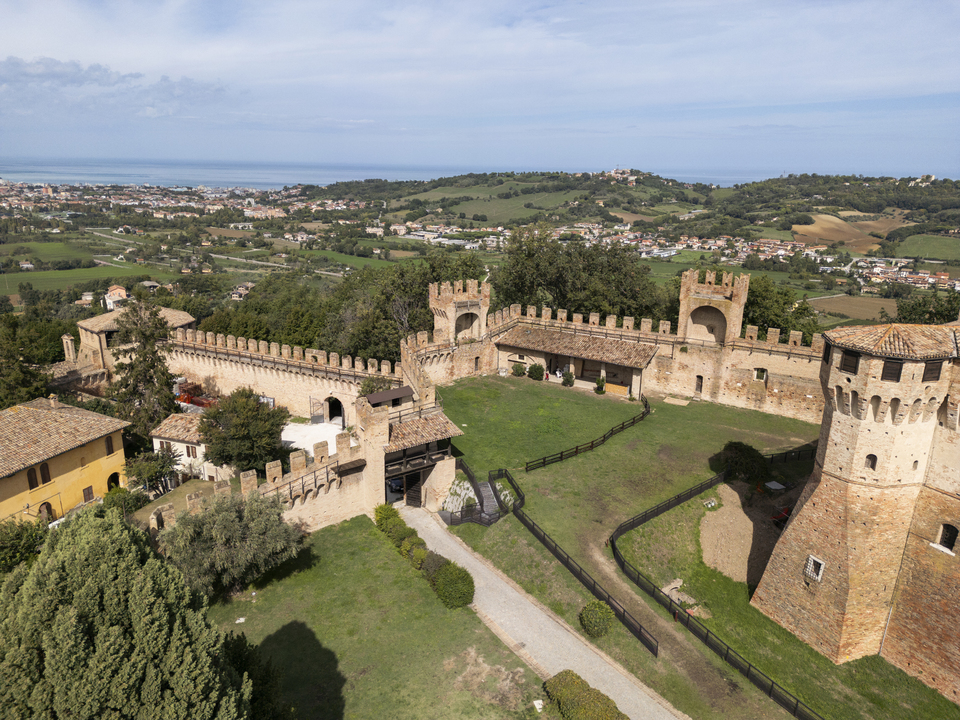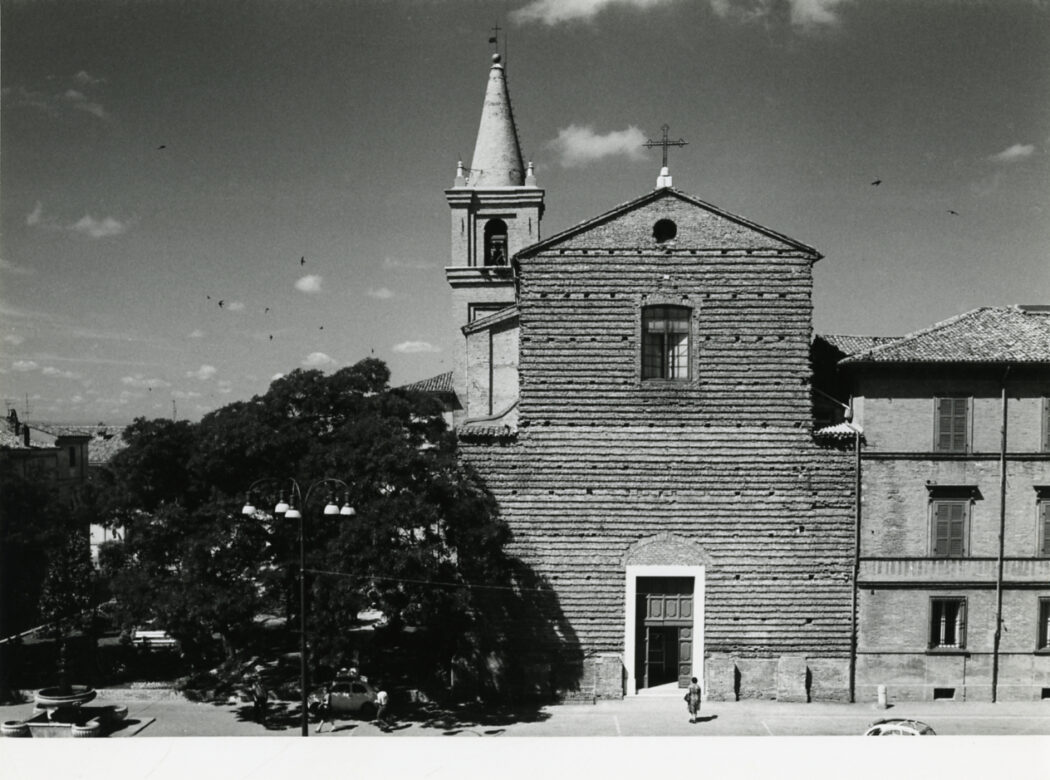The Adriatic Sea has always been a bridge: a vibrant corridor connecting peoples, cultures, and ideas across its shores.
The Route of Architecture invites you to explore how this deep connection is imprinted into the ports of Adriatic cities through an immersive experiencethat bring their rich past into the present. Many iconic sites located in the ports of Ancona, Ravenna, Rijeka, Split, Dubrovnik, Trieste, Venice, and Ravenna.
We begin in Ancona, a port city of Greek origin where Roman heritage still holds strong. Here, the harbor is crowned by the Arch of Trajan, proudly overlooking the sea. Built in the 2nd century AD to honor Emperor Trajan, it remains one of the best-preserved Roman monuments on the Adriatic coast.
Heading north, we reach Ravenna, a city that once looked out over the sea and served as the Western stronghold of the Byzantine Empire. Along this route, you’ll discover early Christian churches such as Madonna del Pino and Madonna della Neve.
The journey continues to Venice, a city born from the sea and shaped by its port. Here, you’ll discover the monumental Gate of the Arsenale, the first example of Renaissance architecture in the city. A true jewel of the architectural heritage of Venice’s harbour, it stands among the port’s most iconic structures. This was the symbolic entrance to the city’s marittime power: the beating heart of the Venetian Republic.
Further north we find Trieste, a cosmopolitan city where Central European and Mediterranean cultures meet. Overlooking its wide harbor are three historic castles, San Giusto, Duino, and Miramare, each telling a different chapter of the city’s rich and multicultural history.
Crossing to the eastern shore, the route gets to Rijeka, a lively port city known for its alternative art scene and industrial heritage. Above the city, Trsat Castle rises from a legendary hill, its origins rooted in Roman times and medieval defense.
We continue then to the town of Komiža on the island of Vis, which is located near Split, Croatia’s second-largest city, ancient and modern coexist within a vibrant coastal atmosphere. Here, sacred and industrial heritage come together: the Church of Saint Nicholas, patron saint of sailors, stands near Neptun, a former fish cannery now reimagined for contemporary use.
Finally, the route arrives in Dubrovnik, the Pearl of the Adriatic, where history and beauty converge. The Kaše Breakwater, a 15th-century engineering marvel, and the elegant Knežev dvor Tower bear witness to the city’s noble architectural legacy.
The Route of Architecture is more than a journey through space it’s a journey through time, across a shared sea that continues to unite us all.


